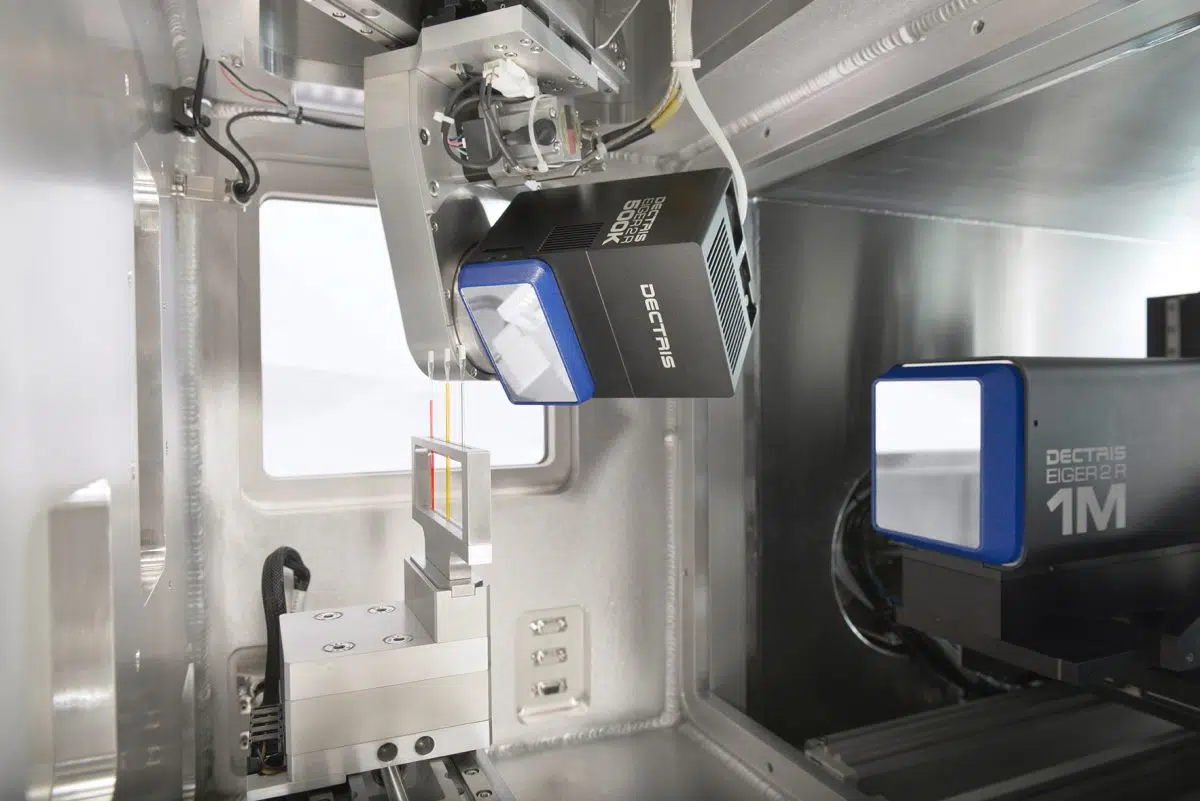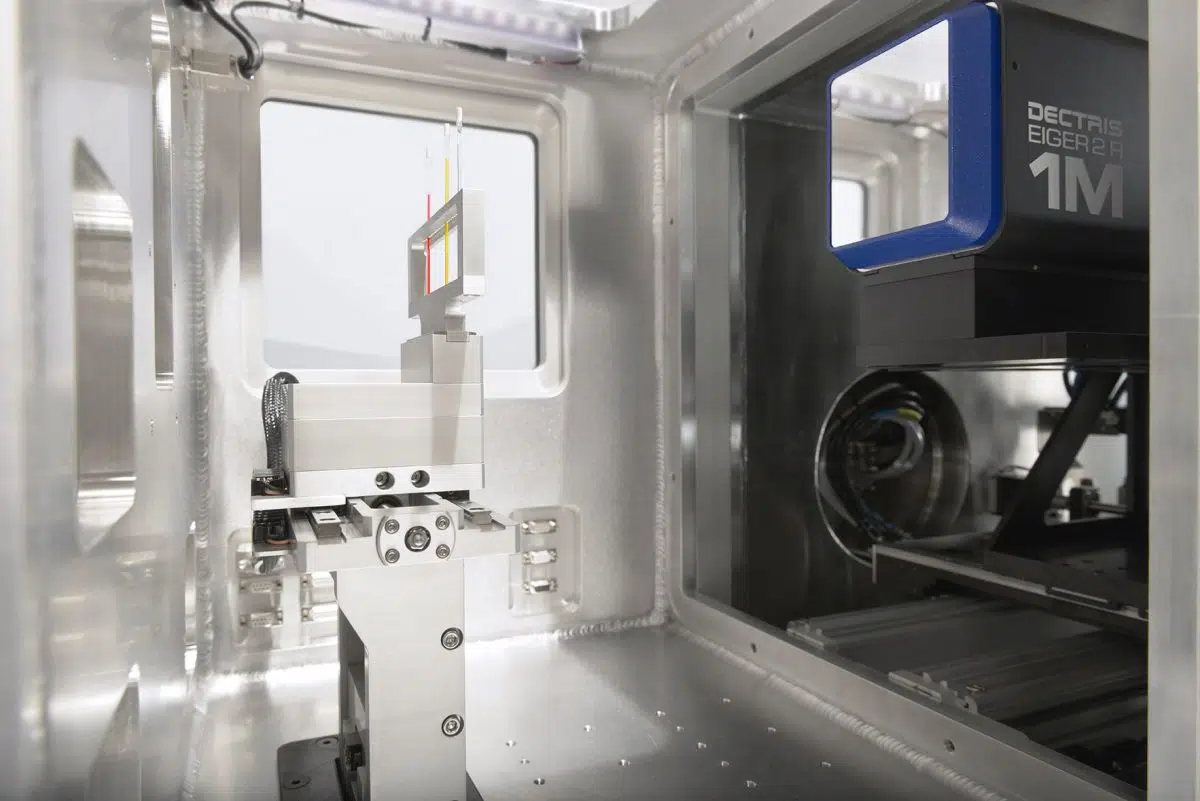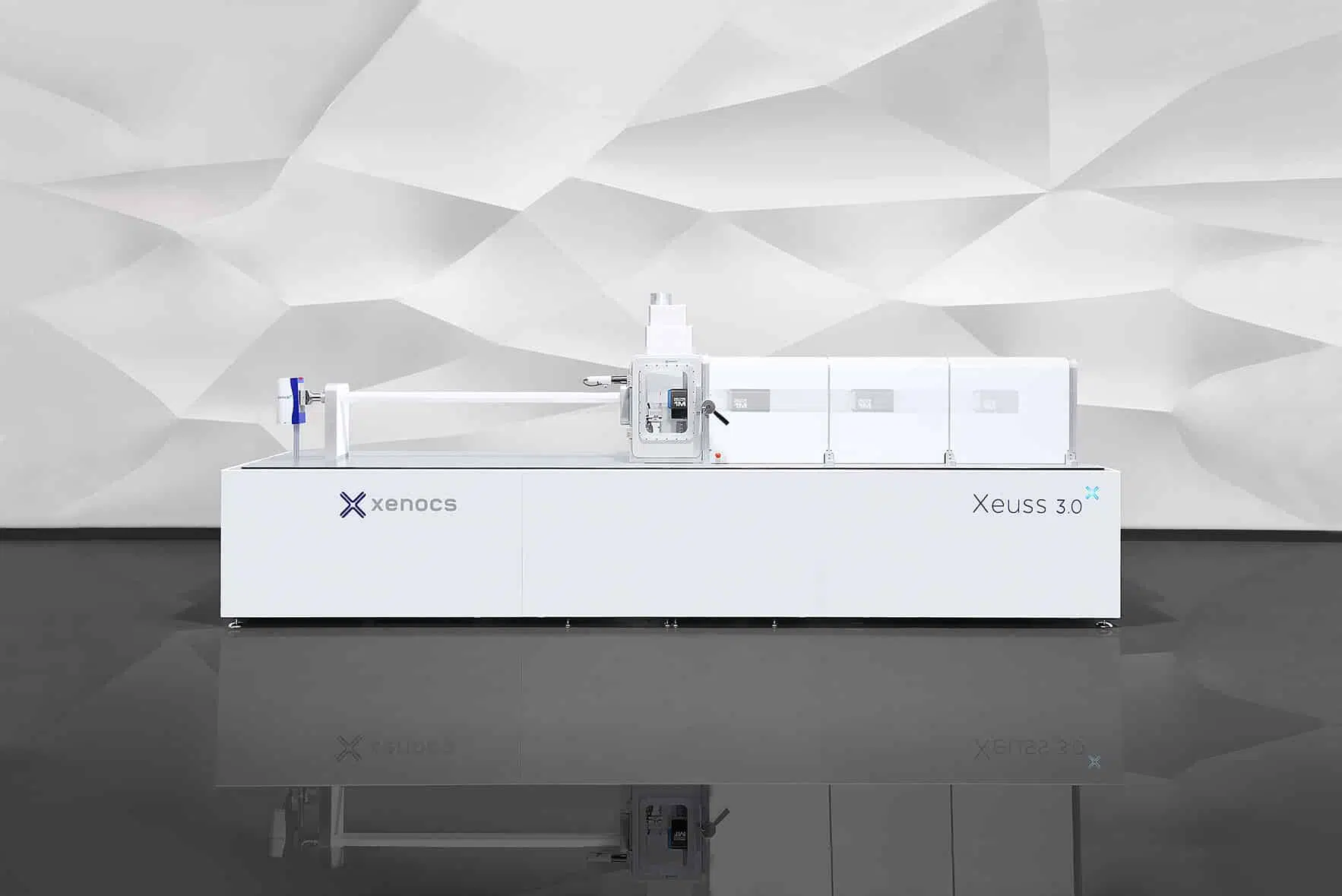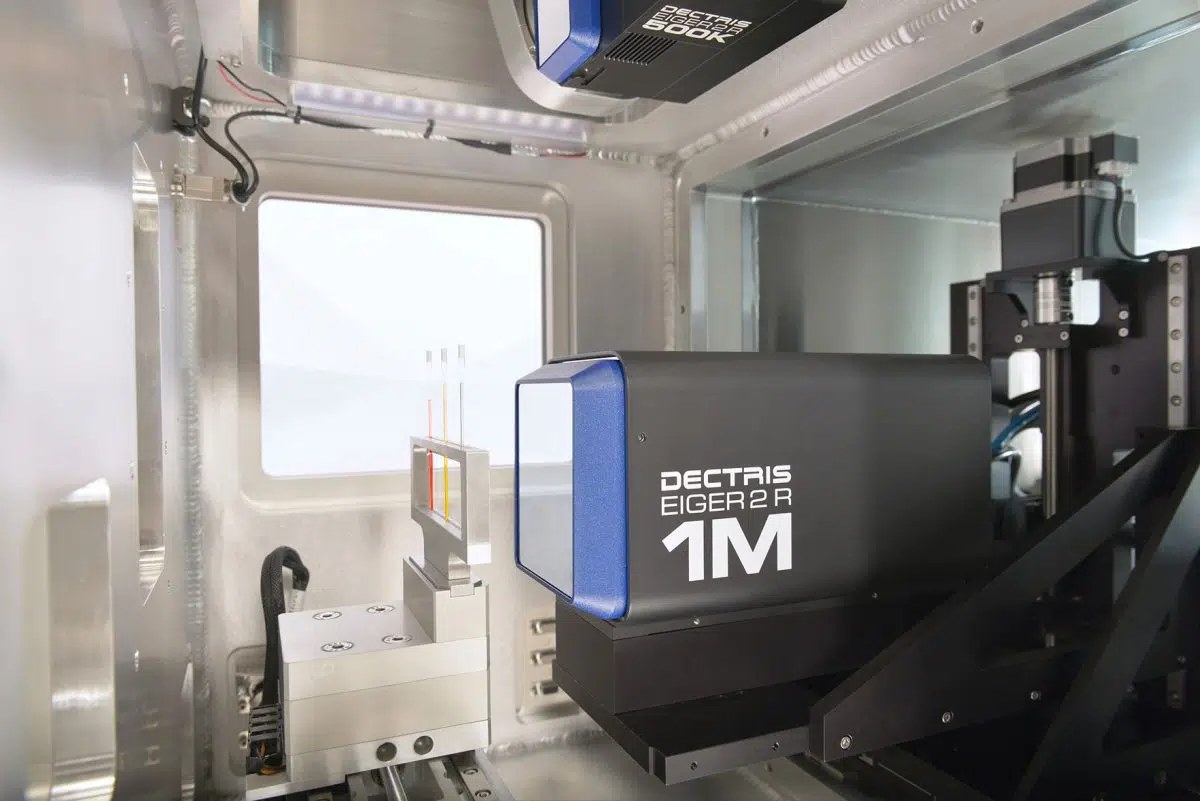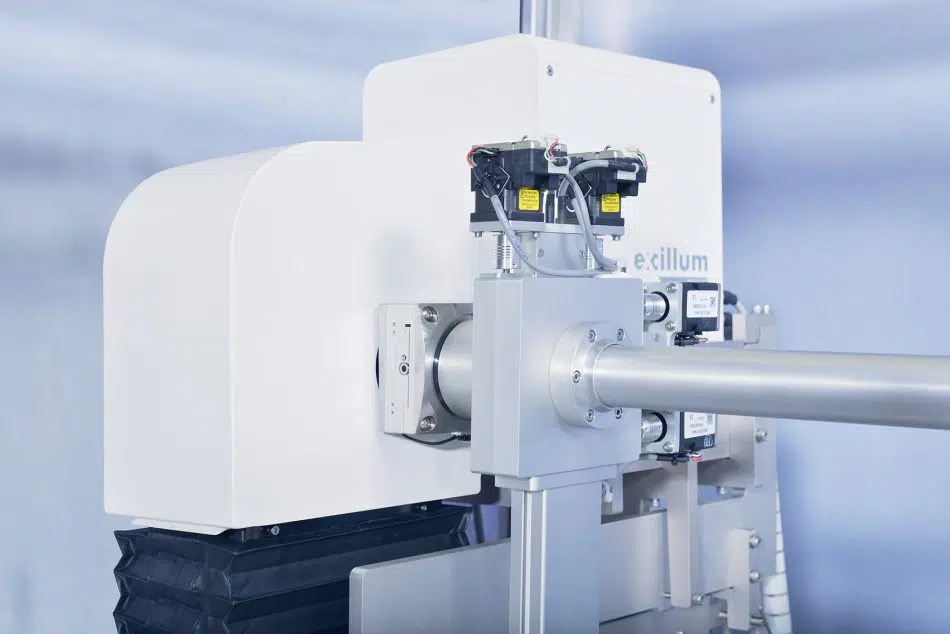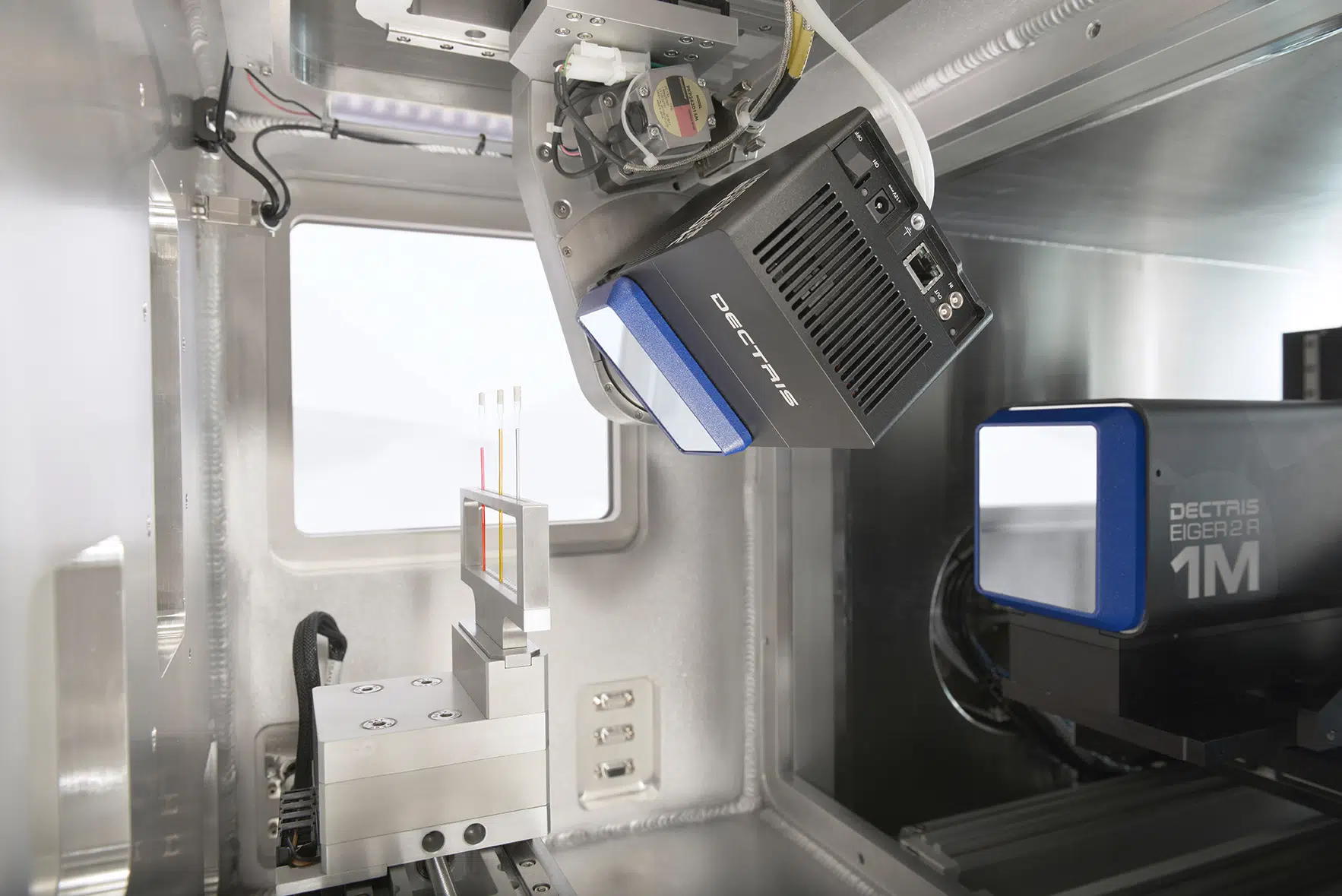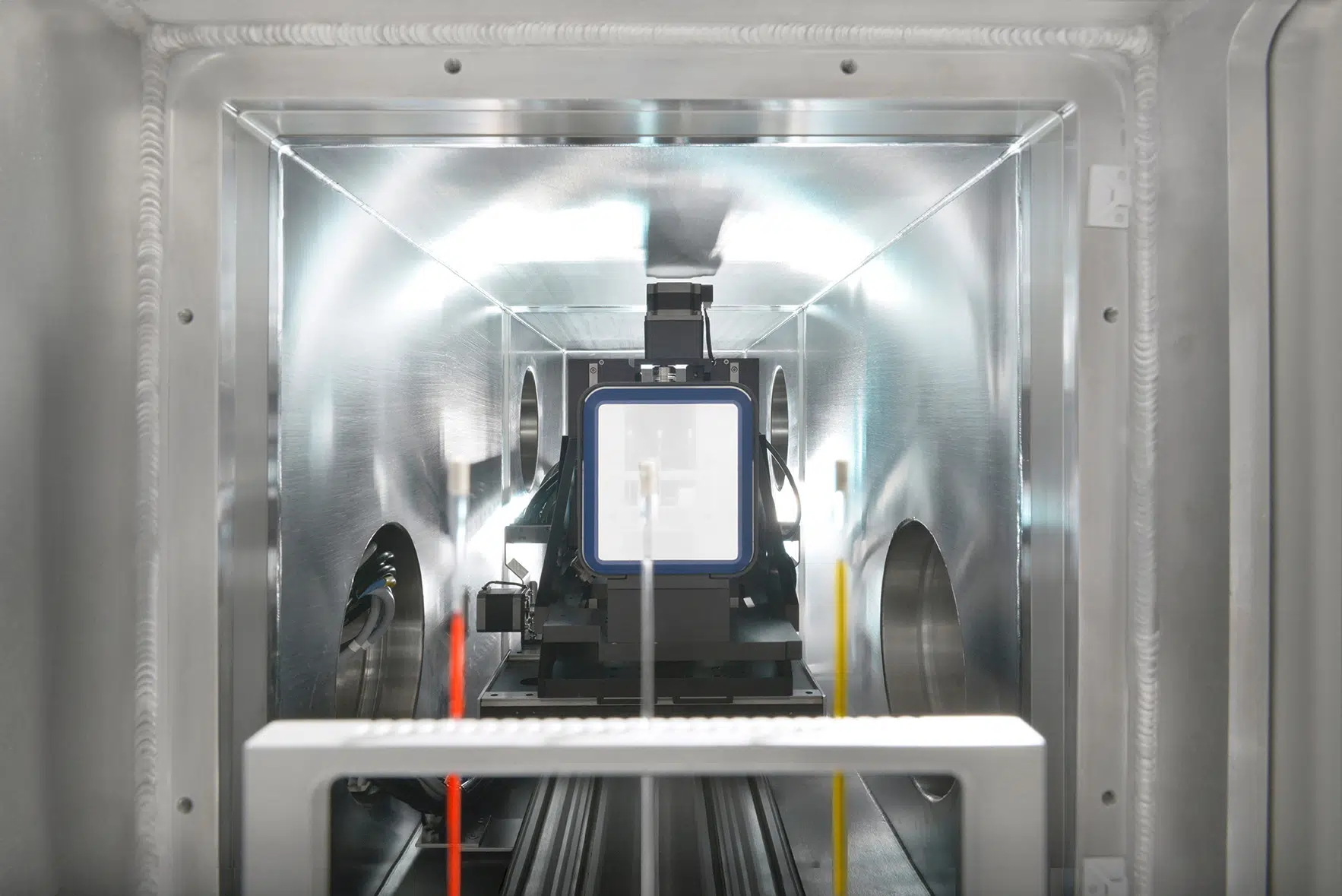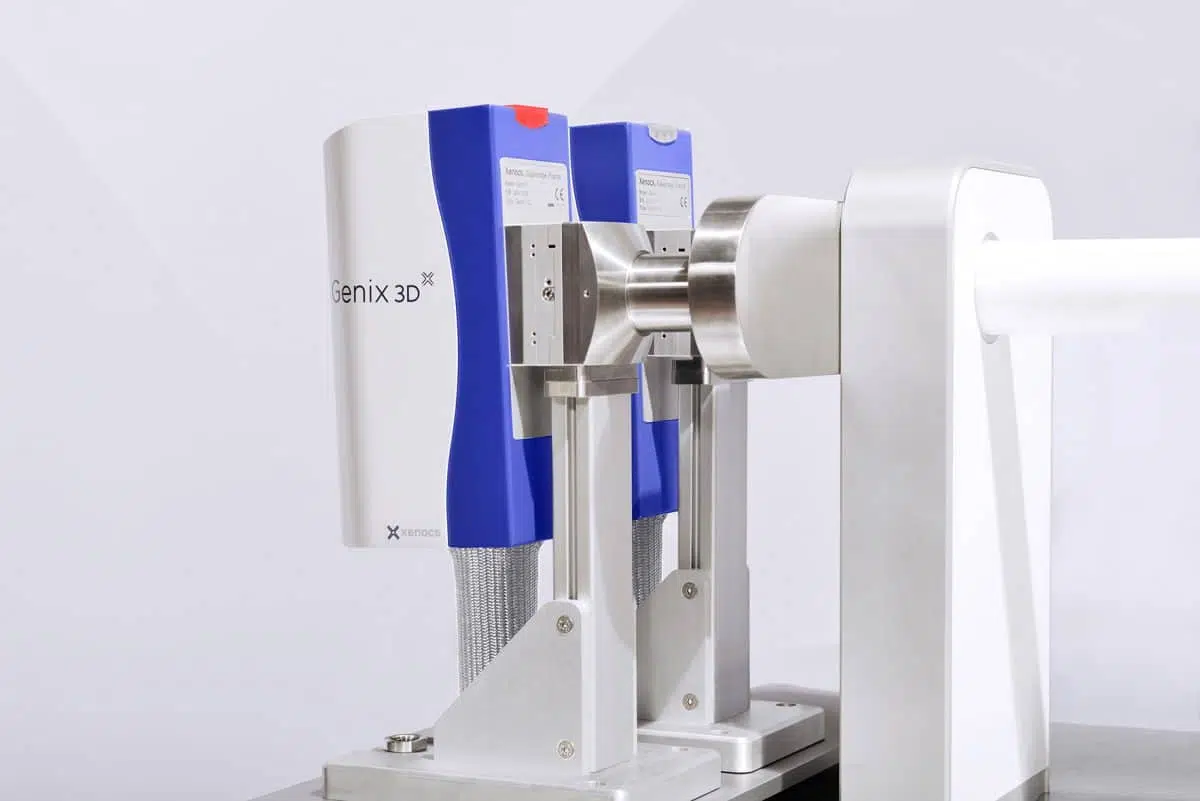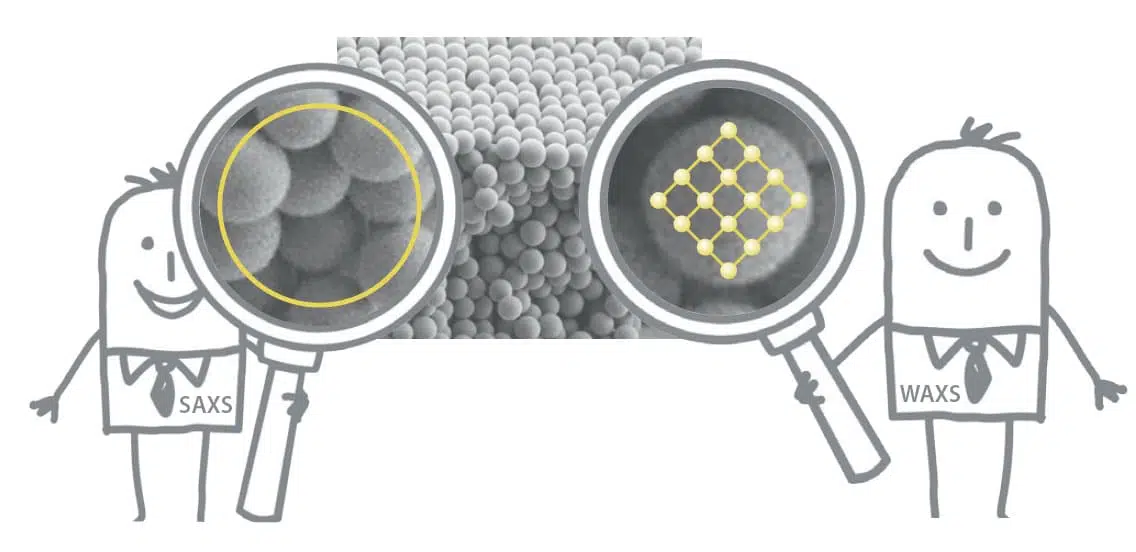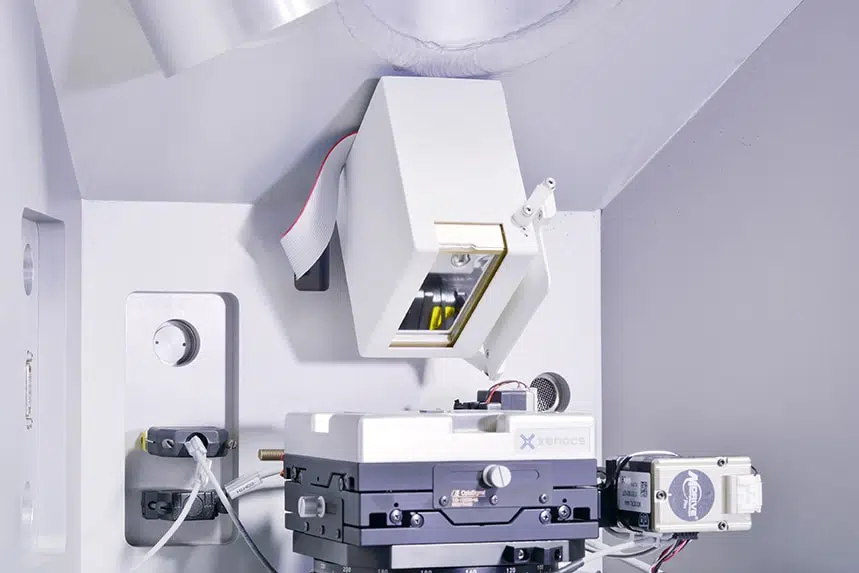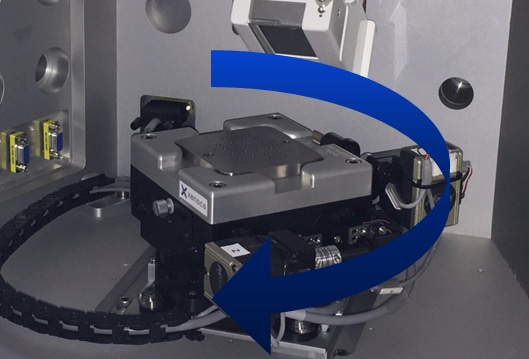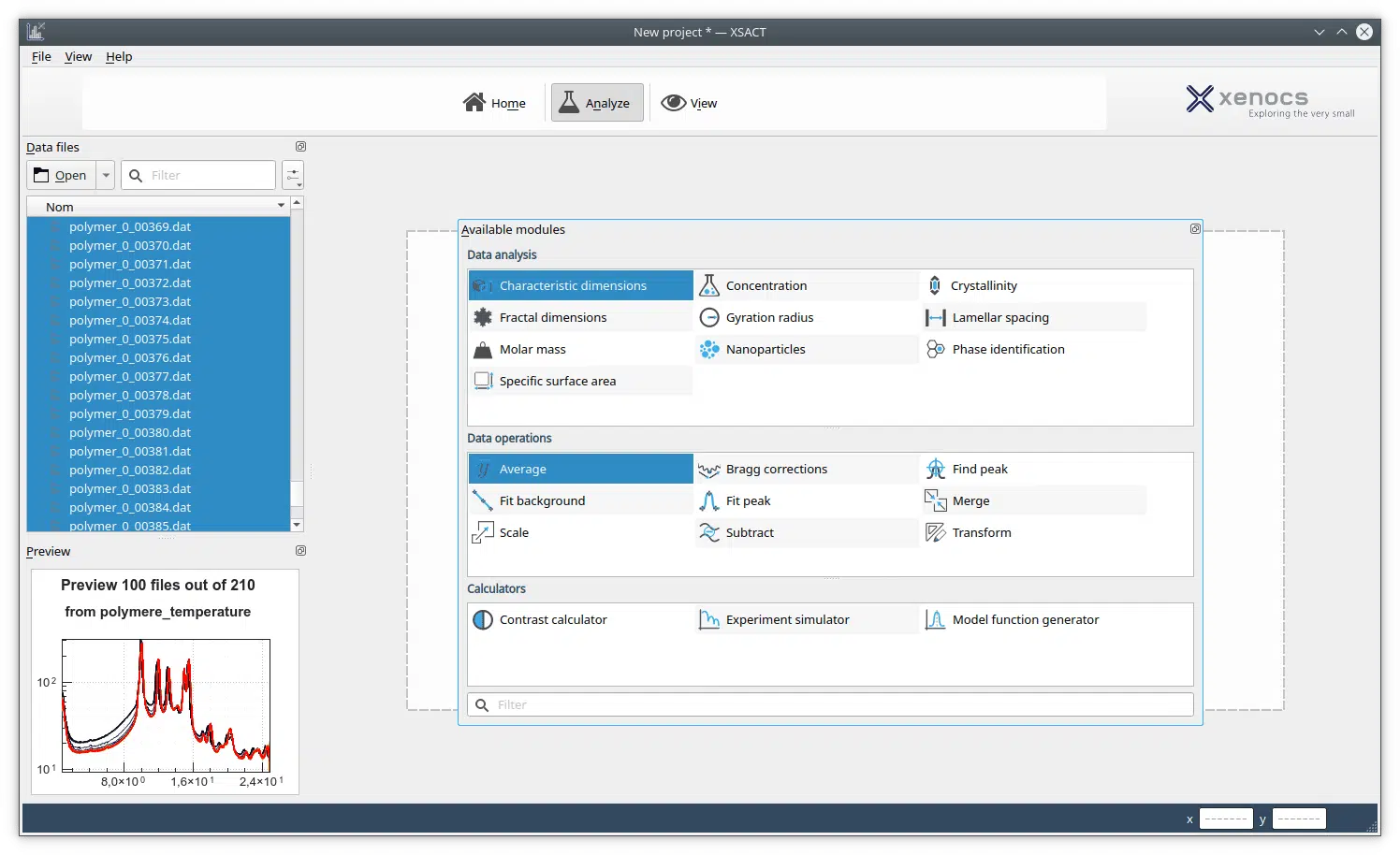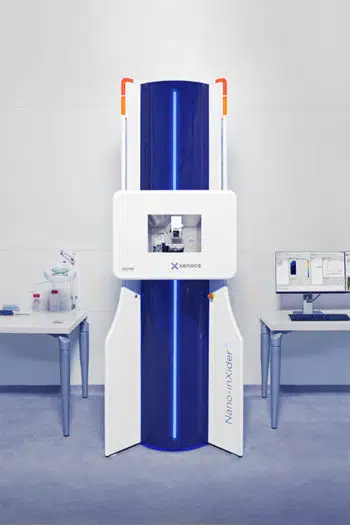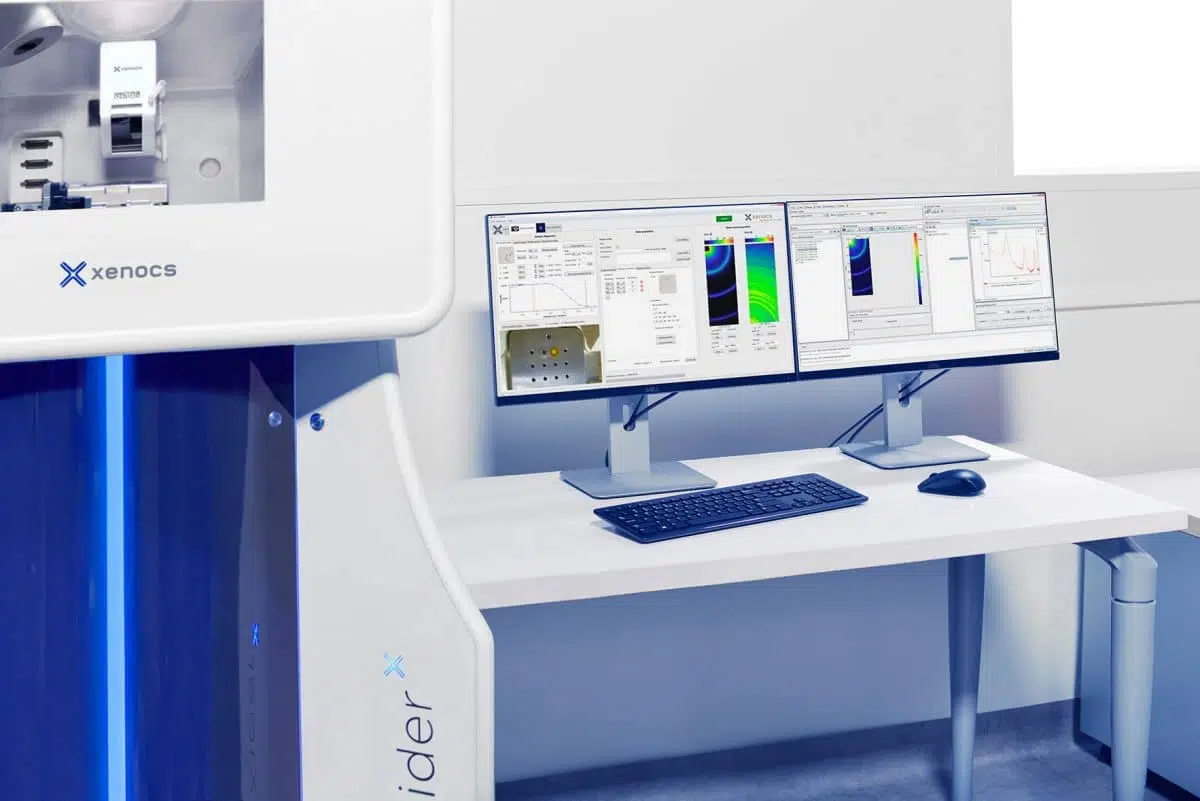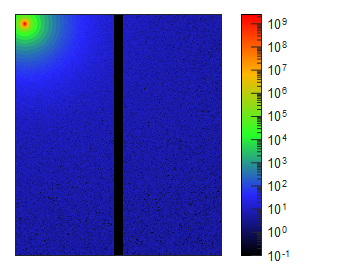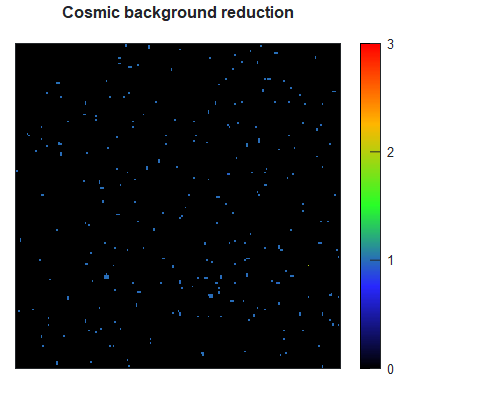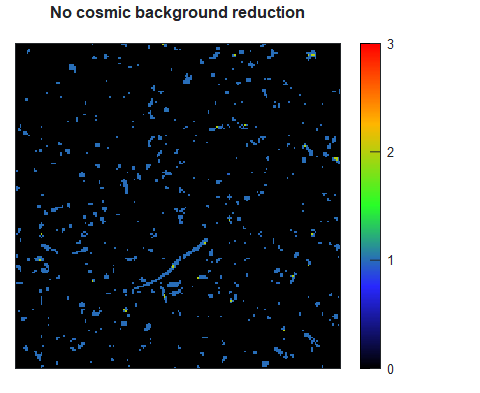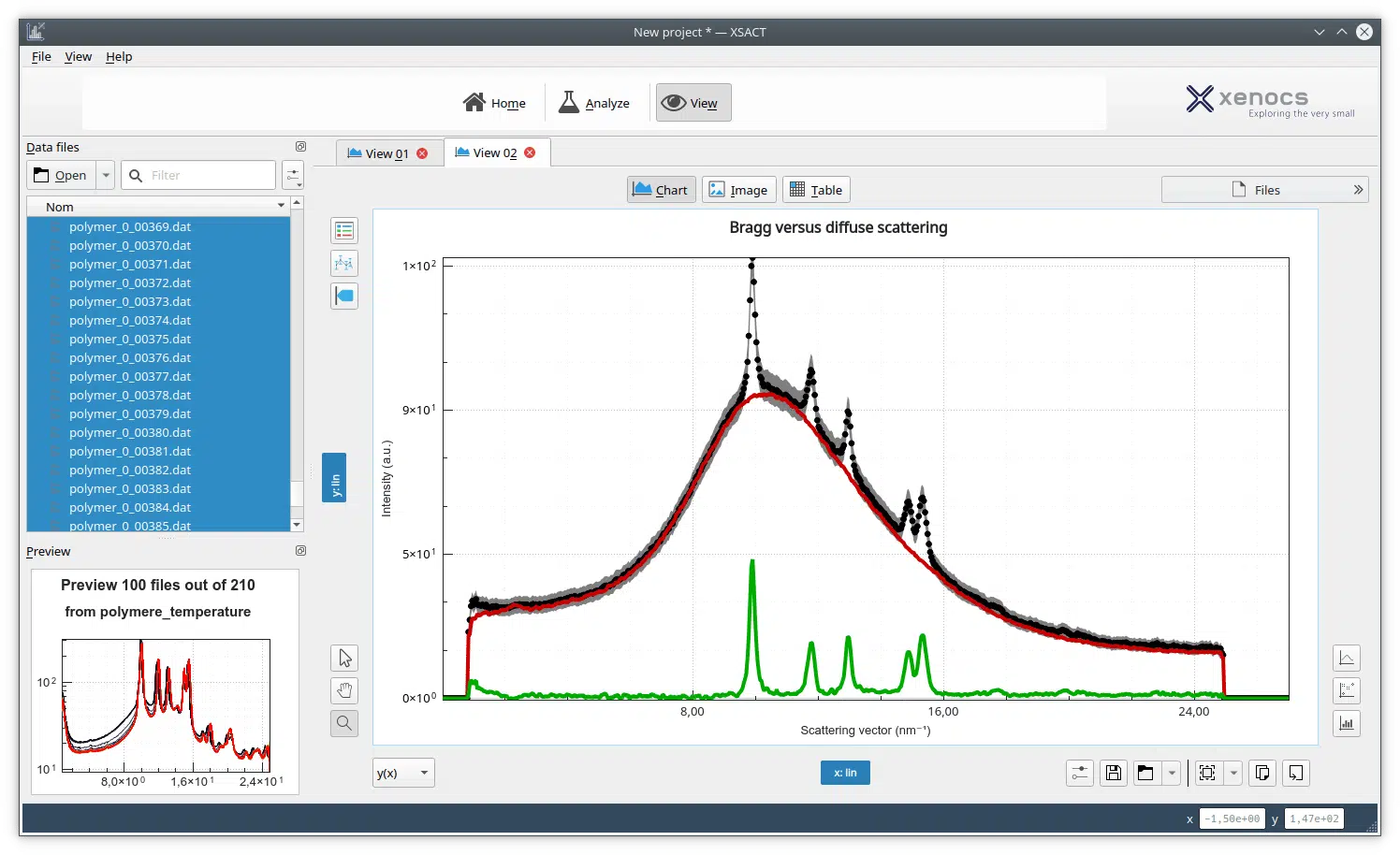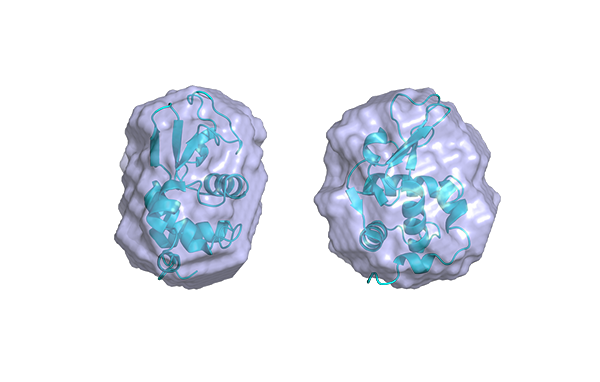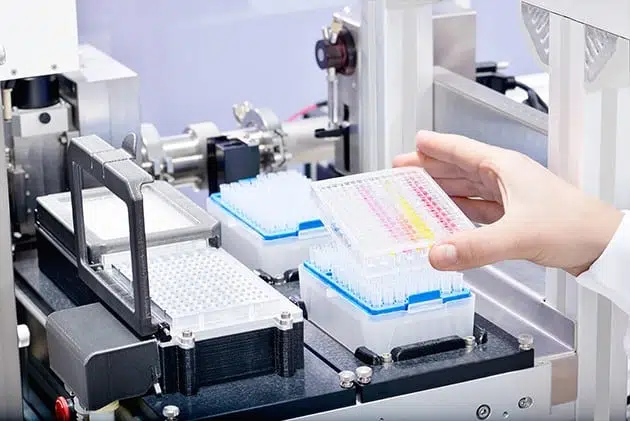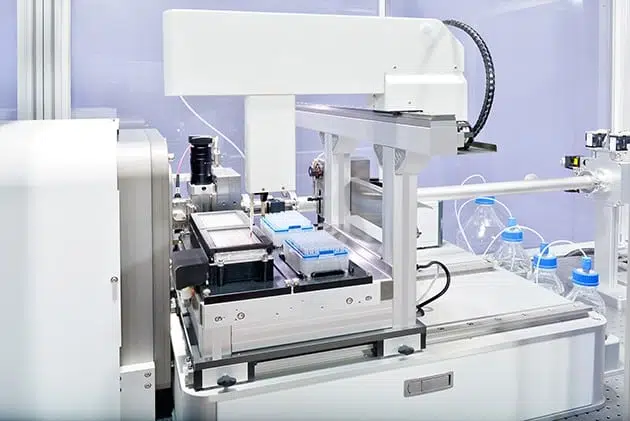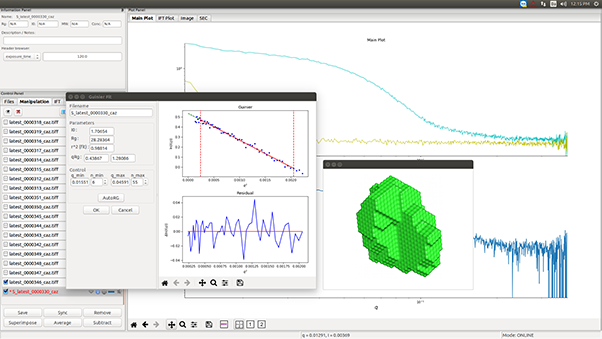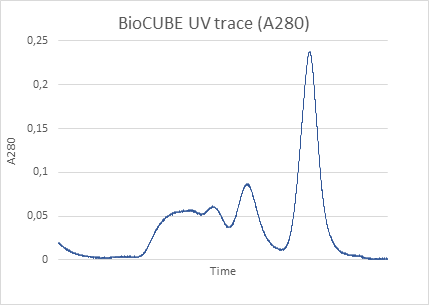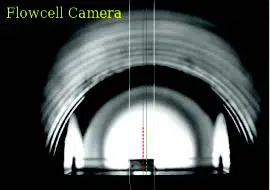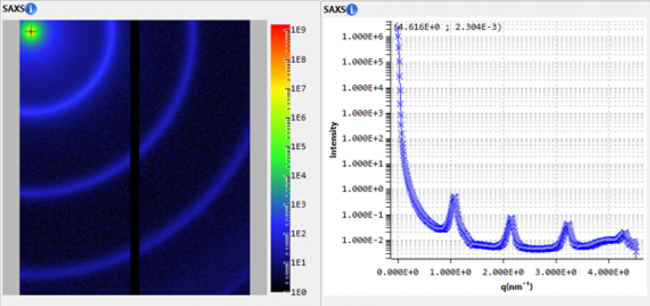Sung, Sae Jin; Park, Jisoo; Cho, Young Shik; Gihm, Se Hoon; Yang, Seung Jae; Park, Chong Rae
Sung, Sae Jin; Kim, Jae Ho; Gihm, Se Hoon; Park, Jisoo; Cho, Young Shik; Yang, Seung Jae; Park, Chong Rae
Lee, Jaemin; Walker, Marc; Varagnolo, Silvia; Huband, Steven; Hatton, Ross A.
Yang, Chenyi; Zhang, Jianqi; Liang, Ningning; Yao, Huifeng; Wei, Zhixiang; He, Chang; Yuan, Xiaotao; Hou, Jianhui
Mandal, Arun Kumar; Bisoi, Soumendu; Banerjee, Susanta
Sun, Yuanyuan; Zou, Yihui; Yuan, Fang; Yan, Chunyun; Chen, Shuai; Jia, Yi Alec; Zhang, Huawei; Yang, Dongjiang; She, Xilin
Yang, Weitao; Ye, Zhixiang; Liang, Tao; Ye, Jian; Chen, Hongzheng
Wang, Hongjian; Chen, Long; Yang, Hao; Wang, Meidi; Yang, Leixin; Du, Haiyan; Cao, Chenliang; Ren, Yanxiong; Wu, Yingzhen; Pan, Fusheng; Jiang, Zhongyi
Morris, Melody A.; Sung, Seung Hyun; Ketkar, Priyanka M.; Dura, Joseph A.; Nieuwendaal, Ryan C.; Epps, Thomas H.
Ji, Qing; Gao, Xiangwen; Zhang, Qiuju; Jin, Liyu; Wang, Da; Xia, Yonggao; Yin, Shanshan; Xia, Senlin; Hohn, Nuri; Zuo, Xiuxia; Wang, Xiaoyan; Xie, Shuang; Xu, Zhuijun; Ma, Liujia; Chen, Liang; Chen, George Z.; Zhu, Jin; Hu, Binjie; Müller?Buschbaum, Peter; Bruce, Peter G.; Cheng, Ya-Jun






